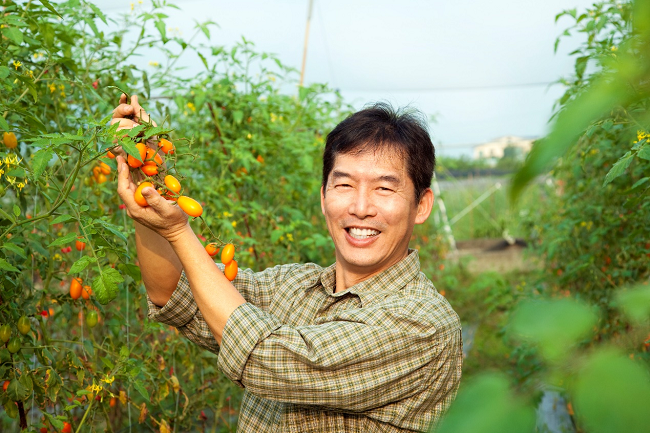
Exhibition time: 17-19 March, 2026 Shanghai, China
 中文
中文

Exhibition time: 17-19 March, 2026 Shanghai, China
 中文
中文

Key words of the passage: tomato; biofertilizer; organic; agriculture
A research team at the University of Almeria has developed a biofertilizer made from tomato waste. "The researchers propose applying a heat treatment to the crop remains of the previous year, which are usually discarded in waste management centers. This organic amendment also decreases the water consumption of each plant and improves soil fertility," the researchers stated.
Traditional fertilizers typically have disadvantages such as agricultural soil degradation, odors, and pollution of aquifers, among other issues. To reduce the environmental impact of these fertilizers, scientists propose to completely dispense with them and use this organic amendment, which is made with tomato waste and is effective against different pathogens, such as fungi, bacteria, and viruses. "This is an alternative, more sustainable, and cheaper option than the compounds normally used because the raw material is waste from the previous season," stated Francisco José Castillo Díaz, a researcher at the University of Almeria.
In the study' Biodisinfection as a profitable fertilization method for horticultural crops in the framework of the circular economy' published in Agronomy, the researchers explained that they used bio-solarization to make the biofertilizer. This technique combines the remains of the previous year's harvest with a heat treatment to obtain the fertilizer.
The trial of this study has been carried out for three consecutive years in the UAL-ANECOOP Experimental Farm on a plot that simulates the characteristics of Almeria's horticulture. Researchers concluded that this biofertilizer is as effective as conventional fertilizers. It is less polluting and can be used approximately every seven months, coinciding with the usual cultivation periods in the area.
Source: fundaciondescubre.es
